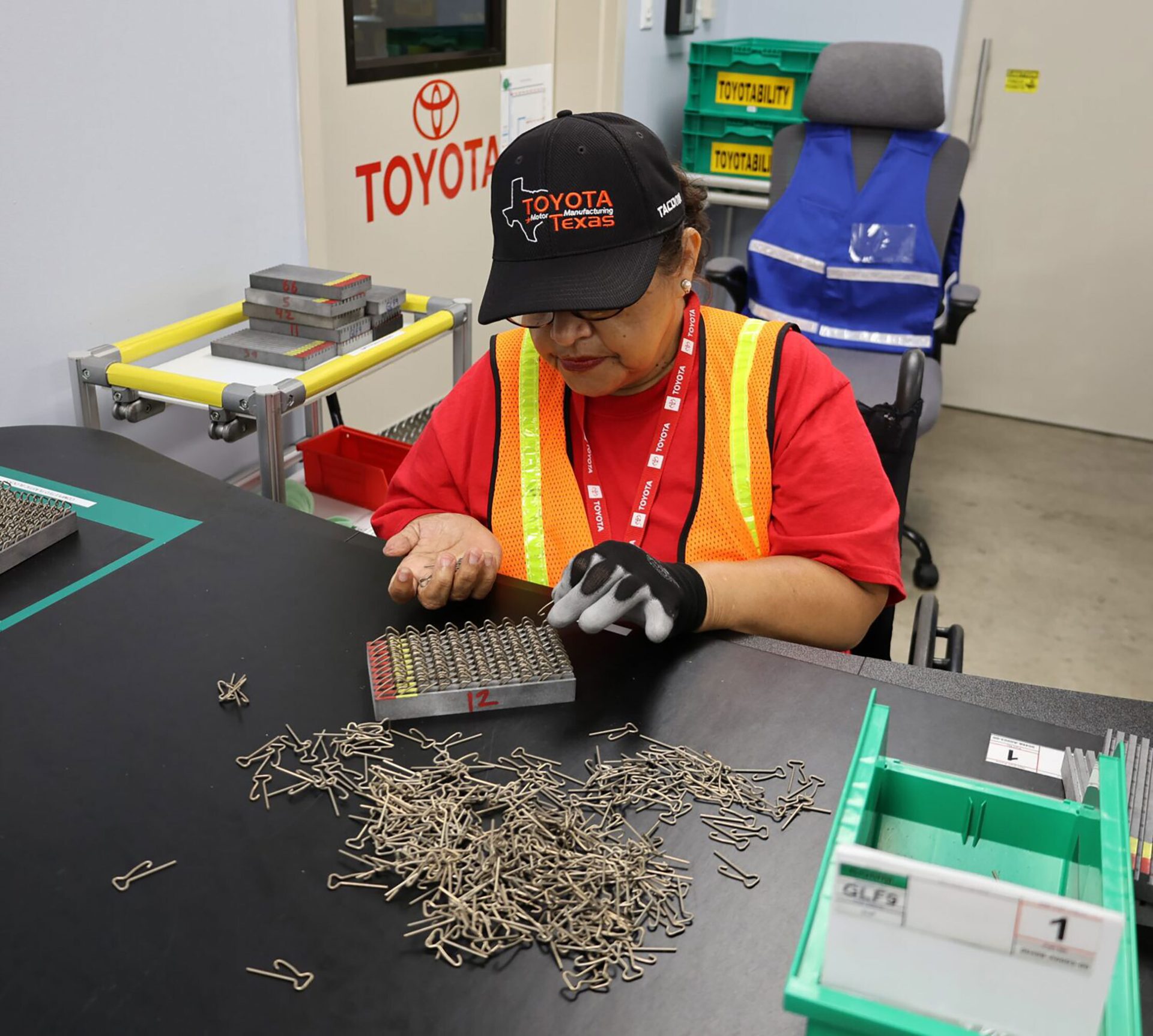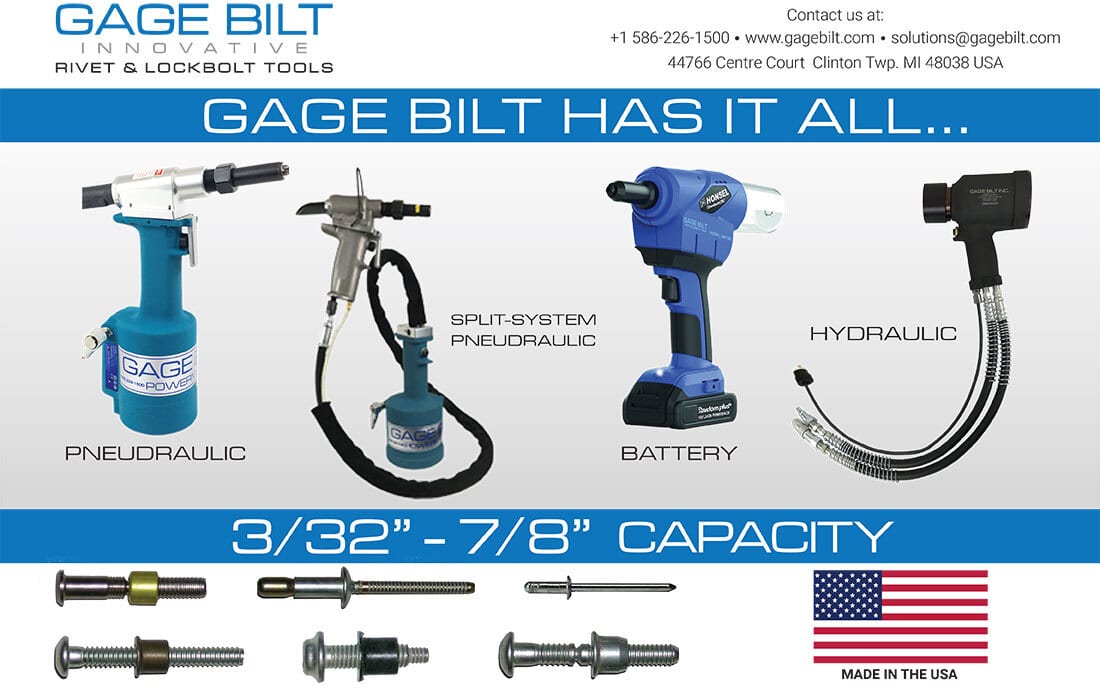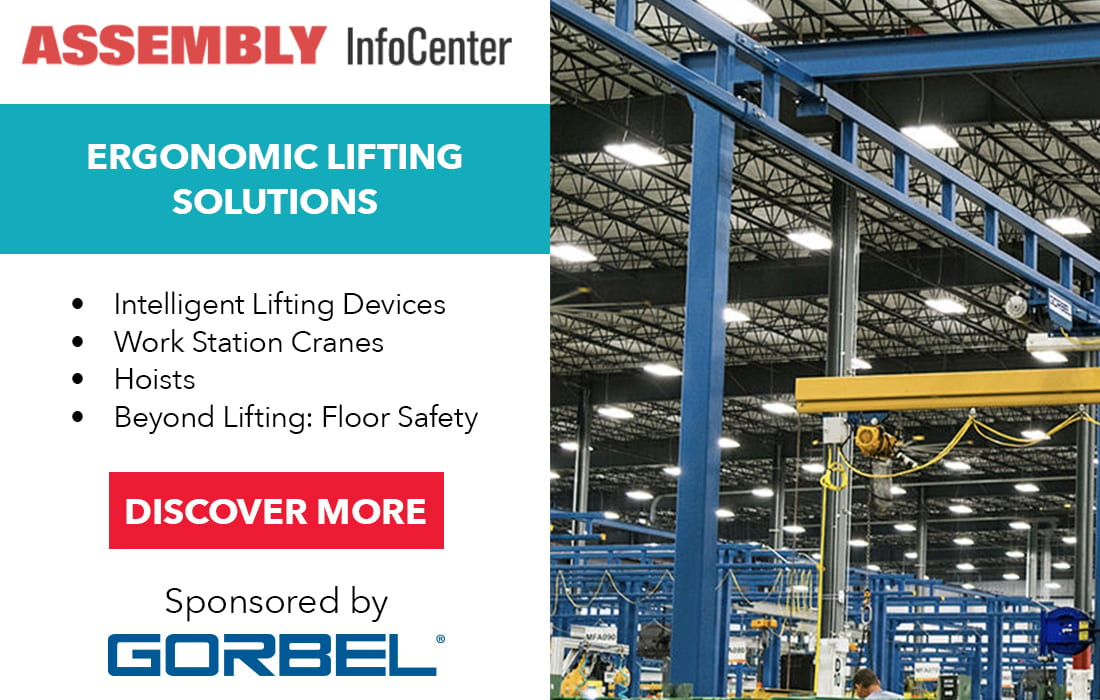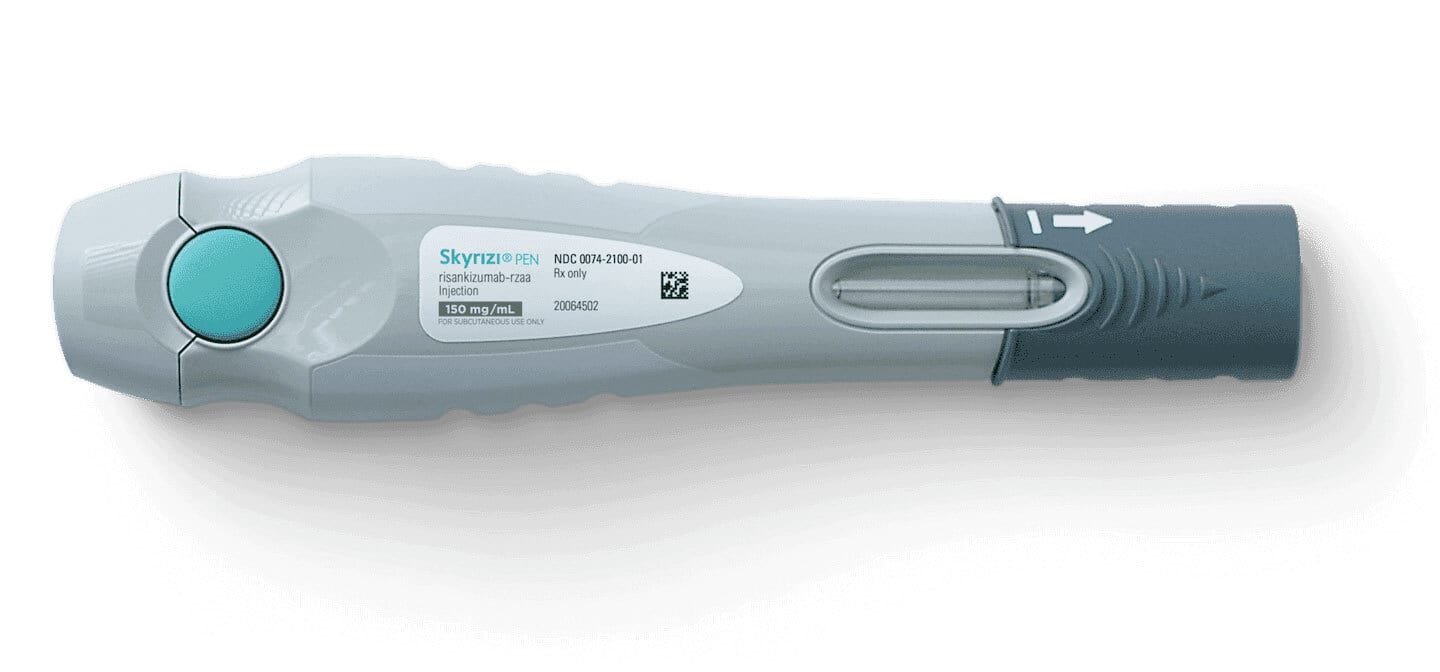ASSEMBLY LINES
New Process Enables Adhesive-Free Joining of Metal and Wood
GRAZ, Austria—Wood is a renewable raw material that is climate-neutral, yet light and strong. That’s why it was heavily used in early airplanes, automobiles and trucks. Today, however, it is difficult to join wood parts to dissimilar materials, such as metals and polymer composites.
Engineers at the Graz University of Technology (TU Graz) recently addressed this challenge and have developed a new joining and additive manufacturing process that enables adhesive-free joining of metal and wood components. The new assembly method could have future applications in aerospace, automotive and furniture manufacturing.
The AddJoining process produces extremely strong joints without using adhesives or screws. Beech, oak, carbon fiber-reinforced polyamide and polyphenylene sulphide, stainless steel 316L and Ti-64 alloys were used as test materials.
“Our motivation is clearly environmental protection,” says Sergio Amancio, Ph.D., head of the Institute of Materials Science, Joining and Forming at TU Graz. “With new manufacturing processes, the renewable raw material wood could replace components made from energy-intensive or difficult-to-recycle materials.”
A new joining and additive manufacturing process enables adhesive-free joining of metal and wood components. Photo courtesy Graz University of Technology

With the AddJoining technique, a component made of polymer composite is affixed to and printed directly onto a wood surface via a 3D printing process. The printed material penetrates into the wood pores, where a chemical reaction occurs, similar to the reaction of glue with wood. The resulting joints were highly successful in mechanical load tests.
“After the joint fractured, we were able to find polymer in the wood pores and broken wood fibers in the polymer, which suggests that the fracture occurred in the wood and polymer, but not at the joint,” explains Amancio. “These successful tests were carried out on the untreated wood surface. Even more durable joints could be achieved by introducing a micro- or nano-structure into the wood through laser texturing or etching, which increases the pores and enhances the bonding surfaces.
“But, we wanted to work with as few steps as possible and, above all, without chemicals,” notes Amancio. “We can use this technology particularly well with complicated 3D geometries, because the components are printed directly onto the surface in whatever geometry is required.”
Amancio and his colleagues also experimented with ultrasonic joining technology. They applied high-frequency vibration with low amplitude to wooden components using a sonotrode. In contact with the base component—polymer or a polymer composite material—the friction generates heat at the interface which melts the surface of the polymer part. Molten polymer infiltrates into the naturally porous surface of the wood.
“In this way, a very stable spot joint can be achieved, from a mixture of mechanical interlocking, because the melted plastic solidifies again in the wood and adhesion forces,” says Amancio. “This technique is particularly suitable for large components and 2D structures, since we achieve a precisely localized spot joint.”
ToyotAbility Production Center Lauds Assemblers With Disabilities
SAN ANTONIO—Toyota Motor Co.’s assembly plant here recently opened a dedicated workspace for employees with intellectual and developmental disabilities. The ToyotAbility Production Center (TPC) specializes in producing subcomponents used in Sequoia sport utility vehicles and Tundra pickup trucks.
ToyotAbility’s mission is to support individuals and groups across a broad spectrum of visible, invisible, temporary and permanent disabilities within and beyond the walls of Toyota.
“The goal of the ToyotAbility Production Center is simple: provide meaningful job opportunities and truly embrace our future as Toyota makes the transformation to a mobility company–dedicated to providing mobility for all,” says Rob Franklin, Toyota Texas general manager of body operations and ToyotAbility executive sponsor.

Toyota’s assembly plant in San Antonio recently opened a dedicated workspace for employees with intellectual and developmental disabilities. Photo courtesy Toyota Motor Co.
“We are proud to celebrate opening of the ToyotAbility Production Center as a beacon within [our facility] that embraces and employs individuals with different abilities,” adds Susann Kazunas, president of Toyota Texas. “The work our employees do in the TPC every day is essential to assembling Tundras and Sequoias, and I am grateful they are a part of Team Texas.”
The ToyotAbility Business Partnering Group (BPG) was the driving force behind the TPC, a project more than five years in the making. The BPGs are volunteer, employee-driven organizations that work to support business objectives, as well as strengthen the collection of innovative ideas and voices that represent Toyota.
See us at The ASSEMBLY Show, Booth 546.
FANUC and SME Partner on Workforce Development Program
ROCHESTER HILLS, MI—FANUC America Corp. recently established a $1 million scholarship with the SME Education Foundation. The goal of the initiative is to foster the next generation of skilled professionals in advanced manufacturing and automation.
Over the next four years, the FANUC Automation Endowed Scholarship Fund will bestow annual scholarships totaling at least $50,000 to deserving students in the United States and Canada who are pursuing careers in manufacturing.
A new scholarship initiative is designed to foster the next generation of manufacturing professionals. Photo courtesy Fanuc America Corp.

“[We have] always believed in the power of education and its pivotal role in shaping the future,” says Mike Cicco, president and CEO of FANUC America. “Early on, we recognized the demand for advanced skills and it led us to establish our Certified Education program. Now, through our new scholarship initiative, we continue to champion education, and help empower the next generation to learn, innovate and fuel the growth of manufacturing in North America.”
According to Paul Aiello, executive director of education at FANUC America, the manufacturing industry faces the critical challenge of a projected 2.1 million unfilled jobs by 2030 due to a shortage of skilled labor. “By increasing our investment in education and training, we can help bridge this gap,” he points out. “[Our] scholarship fund aims to alleviate the financial burden of post-secondary education and create a robust pipeline of talent for the automation workforce.”
“We are thrilled to collaborate with FANUC America to support the next generation of manufacturing leaders and we would like to recognize them for leading by example in this forward-thinking initiative,” adds Rob Luce, vice president of the SME Education Foundation. “This endowed scholarship fund will play a crucial role in building a skilled automation and advanced manufacturing workforce, and aligns with our mission to inspire, prepare and support the next generation of manufacturing and engineering talent.”
BMW Recognized for Vehicle Lightweighting Effort
MUNICH—BMW Group and its material supplier, BComp Ltd., recently received the 2024 Altair Enlighten Award in the sustainable process category for a lightweight seat made out of flax fiber composites. The BMW M Visionary Materials Seat is produced with Bcomp’s ampliTex bio-based materials.
The award-winning seat design re-envisions the manufacture and component materials to introduce a lighter, circular product that meets the demands of large-scale vehicle production. The seatback features a fully bio-based, high-performance natural fiber layup.
“We are already using existing technologies and materials to provide an outlook on the possibilities for reducing emissions and conserving resources in the future,” says Falco Hollmann, innovation manager for lightweight construction and sustainability at BMW. “This is not just about the substitution of materials, but above all about the topic of design for circularity.

Car seats made with flax fiber composites enable lightweighing and sustainability initiatives. Photo courtesy BMW Group
“By combining the structural and aesthetically pleasing visual properties of the material in one manufacturing step, production is both more efficient and dematerialized,” explains Hollmann. “The accent has been on design for circularity, meaning that in addition to using natural and recycled materials…recyclability has been taken into account right from the start of development."
According to Hollmann, less complex assemblies and materials that can be separated by type enable the recyclability of the seat at the end of its life.
Flax fiber composites are carbon-neutral from cradle to grave and can reduce manufacturing-related emissions of high-performance composite parts by up to 85 percent compared to carbon fiber. Compared to current large-scale automotive plastic parts, Hollmann claims that the materials can reduce component weight by up to 50 percent, due to their low density and high stiffness.








